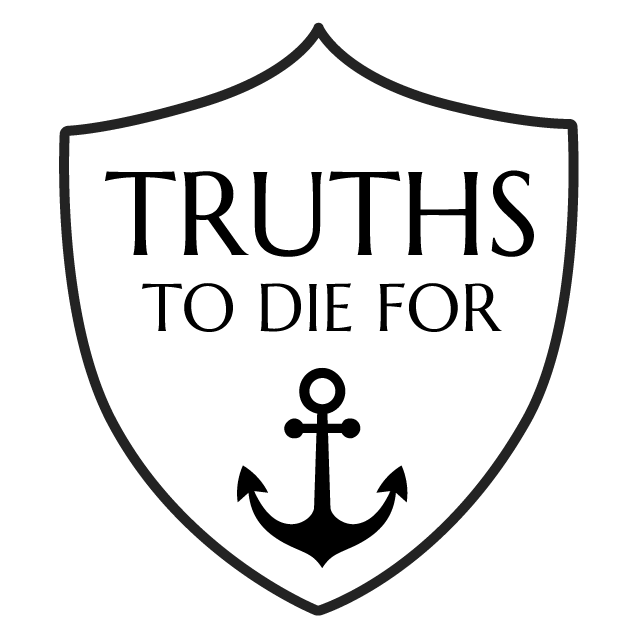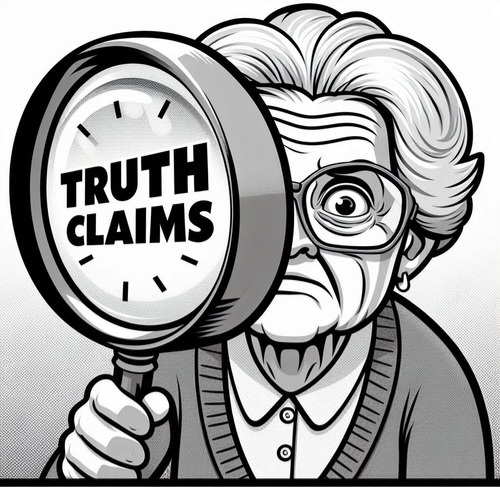Three Vital Tests to Evaluate Truth Claims
The Three-Test Filter for Truth Claims
In our pursuit of truth how can we confidently assess whether a particular claim or belief is valid or not? Philosophers and apologists often point to three key aspects or “tests” that any purported truth should be able to pass—internal coherence, external correspondence, and functional adequacy. Let’s explore each of these vital tests and see why they are important lenses that can help us evaluate truth claims:
Internal Coherence—The Test of Logical Consistency
The first hurdle any truth claim must clear is that of internal coherence or logical consistency. In other words, is the claim free of contradictions within its own principles, premises and conclusions? A logically incoherent claim is self-defeating.
Illustration: Imagine someone claimed “There are no truths”: this statement fails the internal coherence test because it contradicts itself. If there are no truths, the very statement “there are no truths” cannot be true. An inconsistent claim such as this is irrational by nature.
External Correspondence—The Test of Factual Alignment
Even if a claim is internally coherent, it must still pass the test of external correspondence by aligning with objective, empirical reality. A truth claim may be logically consistent but still fail to accurately map to facts about the physical world, observable evidence or existing knowledge.
Illustration: Someone could construct an imaginative fantasy story with internally consistent fiction rules and characters. But if this story contradicts established facts about physics, history or verifiable data, it fails the external correspondence test for truth in those areas contrary to known realities.
Functional Adequacy—The Test of Liveability
The final vital test is that of functional adequacy, asking whether a belief or truth claim can be consistently lived out and provide a coherent, flourishing framework for human existence. A truth claim may be logically consistent and align with facts, but if embracing it renders life itself incomprehensible or destructive, its truth value is greatly undermined.
Illustration: A worldview or philosophy that denies objective morality, human rights or intrinsic human value may seem internally coherent on paper. But when applied fully, it enables horrific evils, dehumanisation and social chaos that contradicts our fundamental moral intuitions and experience of human thriving. Such a view fails this test of functional adequacy.
Any robust truth claim must be able to withstand scrutiny on all three of these tests—logical consistency, factual correspondence, and real-world liveability. Running proposed truth statements through this triple filter helps expose contradictions and errors while validating genuine knowledge about reality.
As we evaluate truth claims in philosophy, science, ethics, religion and every arena of life, wisely applying these three tests can save us from falling into deception, delusion or destructive falsehoods. Prioritising internal coherence, external correspondence and functional adequacy puts us on surer footing to discern truth from fiction.
Related Reads
Editor’s Pick

Unsung Witnesses: How Minor Characters Validate Gospel Accounts
In the grand narrative of Christ’s life, death, and resurrection, we often focus on the prominent figures—Jesus Himself, the 12 [...]
Can God Condemn Homosexuality Even If Some Are Born Gay?
Few questions challenge modern Christians more deeply than reconciling traditional biblical teaching on homosexuality with emerging scientific theories about sexual [...]

Washing of Feet: Are We To Apply John 13:14 Literally?
In the quiet moments before His betrayal and crucifixion, Jesus knelt before His disciples and performed an act so countercultural [...]

The Paradox of Prayer: Why Ask When God Already Knows?
Ever caught yourself in the middle of prayer, wondering, “Why am I telling God things He already knows?” If God’s [...]

Inerrancy Vs Infallibility: Which Does Scripture Demand We Affirm?
When discussing the nature of Scripture, two terms often arise: inerrancy and infallibility. While they may both sound similar—even equally [...]

Why Does Jesus Cry, ‘My God My God’?
FROM OUR SERIES ON CHRIST’S SEVEN FINAL UTTERANCES FROM THE CROSS Of all the words Jesus spoke from the cross, [...]
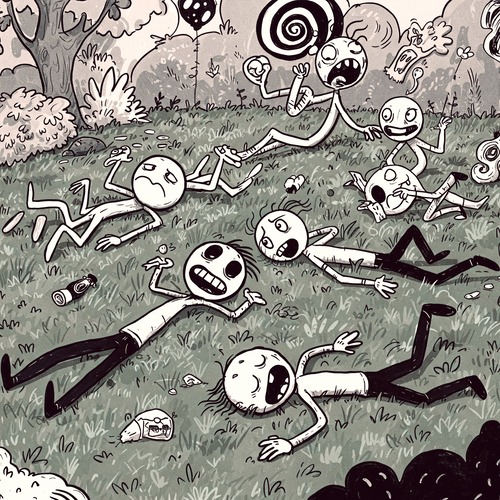
Mass Hallucination: Does This Explain Resurrection Appearances?
The claim that Jesus rose from the dead is at the very heart of Christianity. Without it, as the Apostle [...]
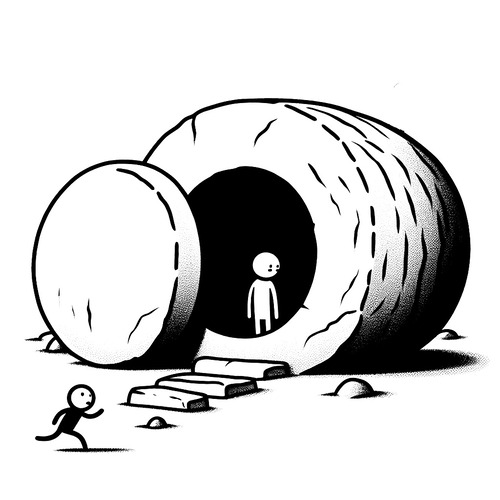
The Easter Miracle: What John Saw at the Tomb that Sparked Faith
It's one of the most intriguing moments in the Gospel accounts of Jesus' resurrection. Two disciples, Peter and John, race [...]
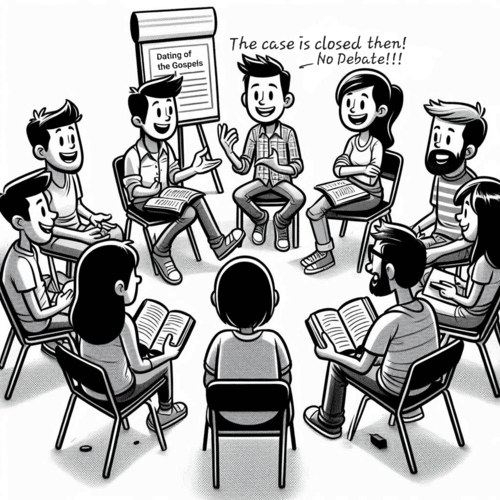
Dating of the Gospels: The Case for Pre-70 AD Authorship
Few questions in biblical scholarship carry as much weight as the dating of the four Gospels. Were Matthew, Mark, Luke, [...]

Behemoth and Leviathan: Real Monsters or Symbolic Creatures?
In chapters 40 and 41 of the Book of Job, we encounter two of the most fascinating creatures ever described [...]
